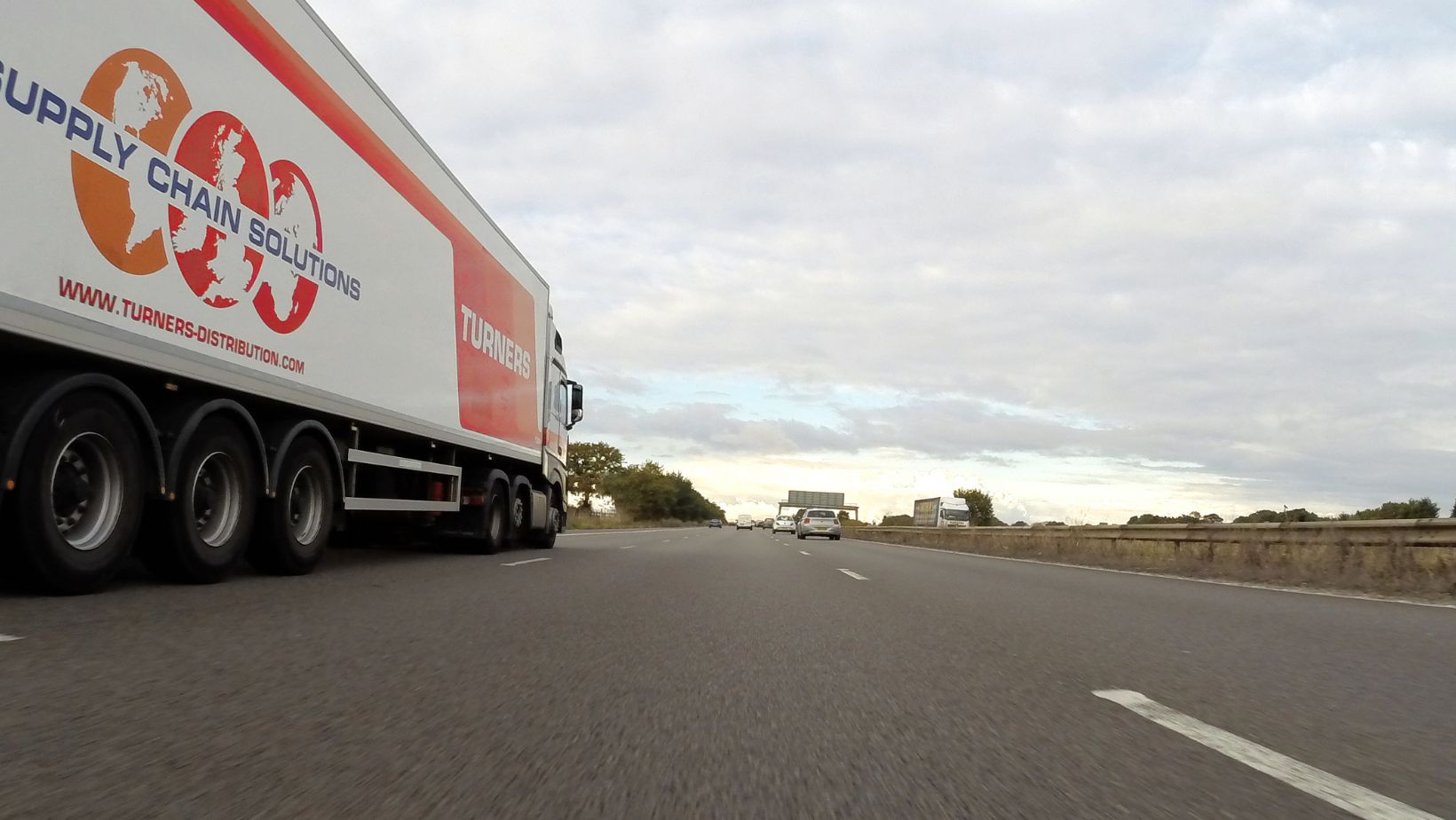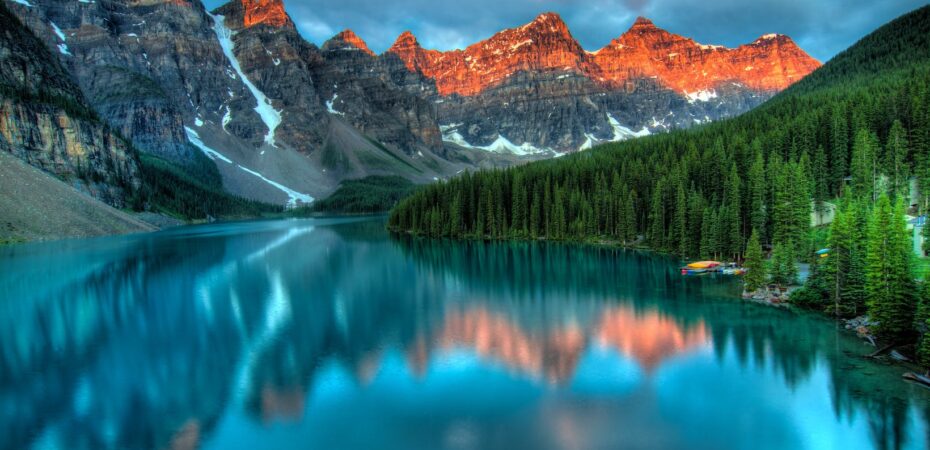
Distance Between San Francisco And Lake Tahoe
Are you planning a trip from San Francisco to Lake Tahoe? Wondering about the distance between these two popular destinations? Look no further! In this article, I’ll provide you with all the information you need to know about the distance between San Francisco and Lake Tahoe. Whether you’re driving, flying, or taking public transportation, understanding the distance will help you better plan your journey.
San Francisco and Lake Tahoe are two iconic destinations in California that attract millions of visitors each year. While they may seem relatively close on a map, the actual distance between these two places is significant. So, how far is it exactly? I’ll break it down for you, so you can have a clear understanding of the distance and plan your travel accordingly.
Understanding the Geography
Location of San Francisco
San Francisco, often referred to as the “City by the Bay,” is located on the West Coast of the United States. It is situated in the state of California, which is known for its diverse landscapes and vibrant cities. The city itself is located on a narrow peninsula, surrounded by the Pacific Ocean to the west and the San Francisco Bay to the east.
Location of Lake Tahoe
Lake Tahoe, on the other hand, is nestled in the Sierra Nevada mountain range. It straddles the border between California and Nevada, with the majority of the lake lying in California. Known for its crystal clear waters and breathtaking scenery, Lake Tahoe is a popular destination for outdoor enthusiasts and nature lovers.
The lake is located approximately 200 miles east of San Francisco, making it an ideal getaway for those looking to escape the hustle and bustle of the city. Despite its proximity to San Francisco, the journey between the two places can take longer than expected due to the rugged terrain and winding mountain roads.
When planning a trip to Lake Tahoe, it’s important to take into account the distance and the various transportation options available. Whether you choose to drive, fly, or take public transportation, understanding the geography will help you plan your travel effectively and make the most of your time in both San Francisco and Lake Tahoe.

Distance by Road
Route Options
When it comes to traveling by road from San Francisco to Lake Tahoe, there are a few route options to consider. Each route offers its own unique scenery and attractions along the way. Here are some of the popular routes you can take:
- Interstate 80 (I-80): This is the most direct and commonly used route between San Francisco and Lake Tahoe. The journey starts in San Francisco and takes you east on I-80 through the scenic Sierra Nevada mountain range. This route offers stunning views of the mountains and is known for its well-maintained roads.
- Highway 50 (Hwy 50): If you prefer a more scenic and leisurely drive, Highway 50 is a great option. This route takes you through the charming towns of Placerville and Pollock Pines before reaching Lake Tahoe. Along the way, you can enjoy beautiful views of the Sierra Nevada foothills and the El Dorado National Forest.
- Highway 88 (Hwy 88): For those seeking a less crowded and off-the-beaten-path route, Highway 88 is a fantastic choice. This scenic highway winds through the stunning Sierra Nevada mountains, offering breathtaking vistas and opportunities for outdoor activities such as hiking and fishing.
Driving Time
The driving time between San Francisco and Lake Tahoe can vary depending on the route you choose and the traffic conditions. On average, it takes about 3-4 hours to drive from San Francisco to Lake Tahoe, covering a distance of approximately 200 miles.
However, it’s important to note that during peak travel seasons or holidays, the driving time can be significantly longer due to increased traffic. It’s recommended to check the traffic conditions beforehand and plan your trip accordingly.
Additionally, weather conditions can also affect the driving time, especially during the winter months when snowstorms are common in the Sierra Nevada mountains. It’s crucial to check the weather forecast and road conditions before embarking on your journey.
To make the most of your road trip, consider starting early in the day to avoid heavy traffic and allow for ample time to explore the scenic stops along the way. Remember to take breaks, stay hydrated, and enjoy the breathtaking views that California has to offer.


 By
By 



